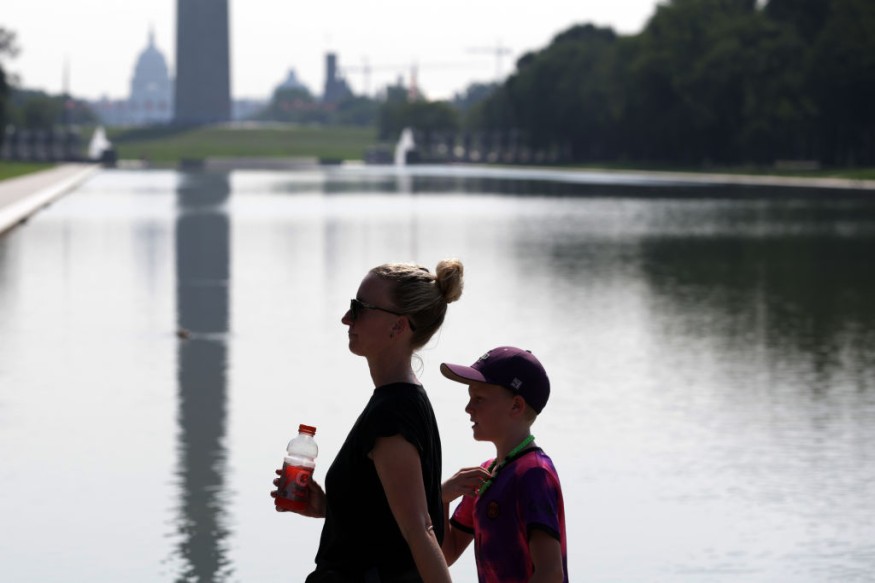
A recent study said that around 200,000 Americans could die on a yearly basis once global warming increases to 3 degrees Celsius.
Experts said that once this temperature was reached, the annual death toll could increase more than fivefold, especially in northern states where the cities are not well suited to experiencing high temperatures.
The increase in the temperature deaths would also be due to aging as well as increasing population.
Findings of the study
Researchers noted that mortality due to extreme temperatures has been considered as one of the most worrying effects of climate change.
In the study, experts had utilized historic mortality and temperature data from 106 cities in the United States to develop a model that can predict deaths attributable to temperature.
Through the help of the model and projections of future temperature from climate models, the researchers estimated temperature-related deaths in the United States due to climate change, changing demographics, and adaptation.
The found out that the temperature-related deaths increase rapidly as the climate warms, but this could mainly be attributed to an expanding and aging population.
"Below 3°C warming, impact of climate change slightly decreases temperature-related deaths, because the decrease in cold-related deaths exceeds the increase in heat-related deaths. Above 3°C warming, impact of climate change depends on the level of adaptation," the study indicated.
Previous studies said that climate change would significantly impact future temperature-related mortality; however, these impacts could vary depending on location and the implementation of adaptation and mitigation strategies.
One example was that it was discovered before that regions experiencing less intense warming will witness a decline in temperature-related deaths mainly because of a substantial reduction in cold-related deaths.
On the other hand, the areas subjected to intense warming will see a rise in temperature-related deaths, driven by a considerable increase in heat-related deaths.
Experts estimated that there was an average of 36,444 temperature-related deaths per year during the period of 1987-2000 in the cities included in their data set.
They found out that 86% of these deaths were cold-related. Most of these cold-related deaths took place at moderate temperatures or those that were typically around 20 to 22 degrees Celsius.
They have been categorized as cold related even though many would consider the temperatures to be mild.
"We project that, with a warming climate and an increasing and aging population, temperature-related deaths in these cities will reach 200,000 per year at 3 degrees Celsius of global average warming without adaptation. Adaptation reduces the increase of this number of temperature-related deaths at 3 degrees Celsius of warming by 28 percent," the study stated.
Adaptation
The study also pointed out that without adaptation, total mortality rises rapidly; with adaptation, the mortality declines.
In the strong adaptation scenario, total heat-related mortality decreases at all levels of warming.
Experts also explained that since southern cities in US are already well adapted to heat, additional warming does not add to a significant number of deaths.
On the other hand, northern cities are known to be not well adapted to heat, so heat-related mortality increases and dominate decreases in cold-related mortality.
Related Video:
© 2026 NatureWorldNews.com All rights reserved. Do not reproduce without permission.





